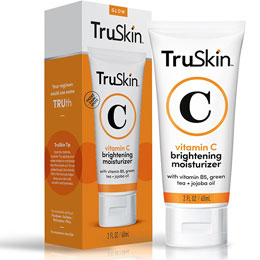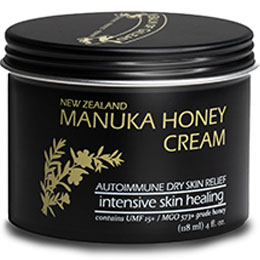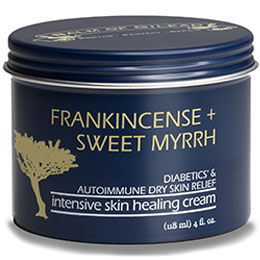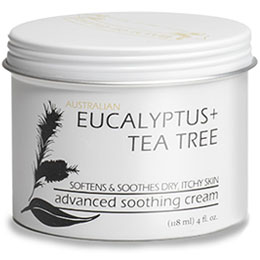How to Make Your Own Hand Sanitizer
This homemade hand sanitizer recipe can be a convenient option when commercial products are not readily available and it's fun making your own DIY products. To remove all types of germs and to prevent the spread of germs - regular hand washing is important. Children or adults. It's just something we all need to be doing, it's Basic Hygiene 101.
Hand sanitizers can be used to help reduce the amount of germs, and only certain germs, on the skin. They are not as effective as a thorough and good hand washing but if you're out and about, a hand sanitizer is a good option.
And also remember if you are out and about and using a sanitizer, don't touch your face or really others until you have washed your hands.
Here's are a couple of simple recipes:
Rubbing Alcohol and Aloe Vera Hand Sanitizer Recipe
All you need is two - three ingredients and this recipe is a snap to make. When I made our hand sanitizer I used the Rubbing Alcohol/Isopropyl Alcohol Wintergreen scent then I didn't need essential oil. If you use the regular IA you can add in essential oil. Spearmint or Wintergreen would make a nice scent if using essential oils. Also, use Aloe Gel that does not have a bunch of extra stuff in it.
- Rubbing Alcohol (Isopropyl Alcohol 70 or 91 percent)
- Aloe Vera Gel
- Essential Oil (optional)
Hand Sanitizer Made with 70% Rubbing Alcohol and Aloe Gel
- 1/2 cup 70 percent Rubbing Alcohol
- 2 teaspoons Aloe Vera Gel (I use Lily of the Desert brand)
Hand Sanitizer Made with 91% Rubbing Alcohol and Aloe Gel
- 1/2 cup 91 percent Rubbing Alcohol
- 5 teaspoons Aloe Vera Gel
Steps
- In a bowl, combine the rubbing alcohol and aloe vera gel. Mix them well until they're thoroughly blended.
- If you are using essential oils, add to the mix and stir again. Depending on the essential oil you are using, will determine how many drops to use as some are a bit stronger than others. To get a nice pleasant scent, it's a good idea to start slow with just a few drops. Do not use too many drops of essential oil or you could have something you won't like.
- If you don't have a bowl with a pointed lip to pour, use a funnel and pour the hand sanitizer into your containers.
- Label the bottles clearly so you and others know what is inside.
How to Use Homemade Hand Sanitizer
Use a small amount (about a dime-sized drop) and rub it into your hands until they are dry.
Notes
- Ensure that the rubbing alcohol you use is at least a 70% concentration. This is important for its effectiveness in killing germs.
- The aloe vera gel helps to counteract the drying effect of the alcohol. If you don't have aloe vera gel, you can use glycerin or even plain water, but keep in mind it won't be as moisturizing.
- These are optional, but they can add a pleasant scent and might provide some additional antimicrobial properties. Make sure you're not allergic to any of the oils you choose.
Remember, hand sanitizer is not a substitute for regular handwashing with soap and water, especially when your hands are visibly dirty. It's best used when you don't have immediate access to soap and water. Also, store it in a cool, dry place, and check it periodically to ensure it hasn't lost its effectiveness.
Related Articles:
CDC Links:
Homemade Recipe Tips
- Make sure your work space and hands are clean.
- Make sure the containers you are using are clean.
- Make sure salves and creams have cooled enough before pouring in glass containers so they don't break.
- Keep the batch size small so the homemade products you use are fresh unless you're making gifts.
Infusing Herbal Oils
- Before you decide on which plant material you are going to use, I recommend you do your research on the plants or herbs you want to use.
- The infused oils I make are for topical use, I recommend you do a little test on your skin prior to using your infusion, just to make sure you don’t have a reaction, chances are pretty low that it would bother you, but you just never know especially if you have sensitive skin.
- All my infused oils have turned out great for the salves I’ve made or using them as they are or mixing with other oils and essential oils.




 Wellness Mama 5 Step Lifestyle Detox
Wellness Mama 5 Step Lifestyle Detox















